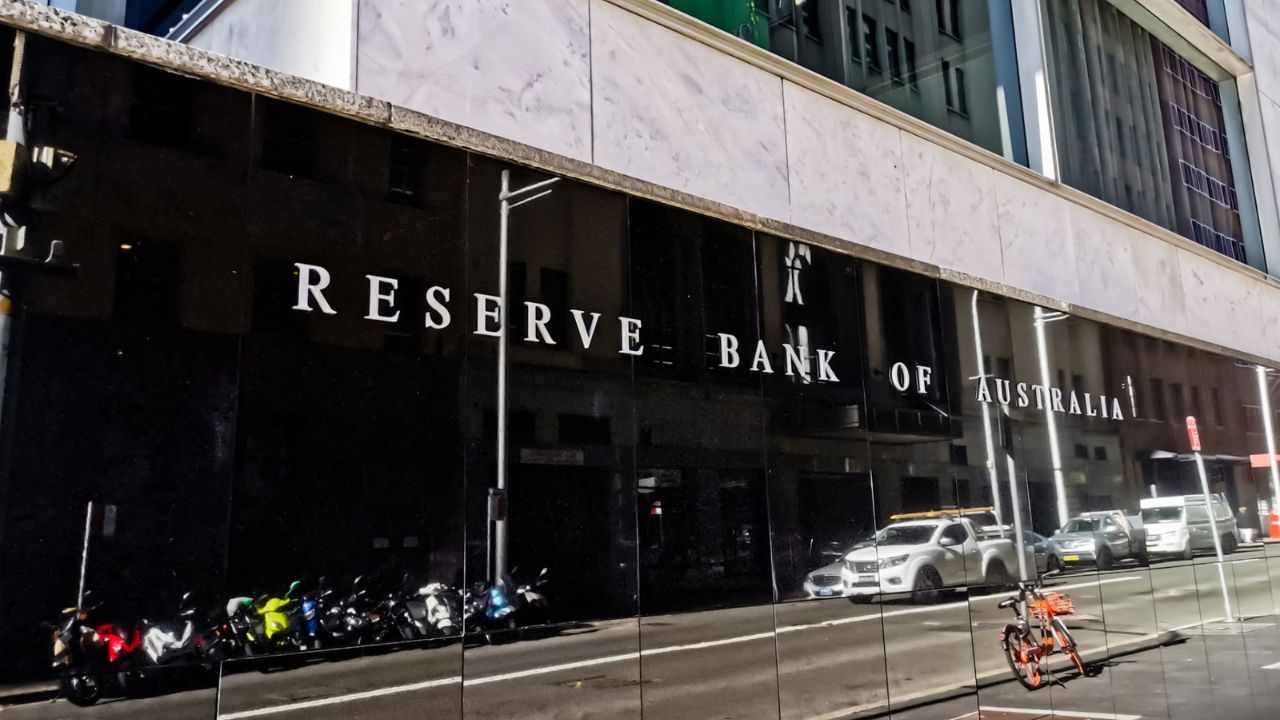After cutting interest rates by 75 basis points since February, the RBA has chosen the cautious path at the September board meeting, keeping the cash rate at 3.6%.
The decision was widely expected, after the monthly inflation indicator hinted at some ‘upside’ risk to the inflation trajectory, especially from housing costs.
Here’s what our experts had to say:
Cotality’s Research Director, Tim Lawless

Cotality’s Research Director, Tim Lawless, says persistently tight labour market conditions, where the unemployment rate held at 4.2% in August, was a factor weighing on the RBA Board’s decision.
However, with job growth slowing and vacancies trending lower, it’s likely that labour markets will gradually loosen, taking some pressure off wage growth and lessening the need for the RBA to keep rates on hold.
“There is a good chance that accelerating housing prices were also a feature of RBA discussions. Since the first rate cut in February, housing markets around the country have seen a positive inflection, sending values 4.7% higher since the first cut of the cycle on February 18th, according to Cotality’s daily Home Value Index.
“The gains can be seen across every capital city and rest of state region, reversing a softening trend in home values that was generally evident prior to February.”
While interest rates have supported the broad-based rise in housing values, Mr Lawless says other factors are also at play, especially from the supply side.
“The number of homes for sale in September was hovering around record lows, with total advertised supply down 14.7% on the same time last year and tracking almost 20% below the previous five-year average for this time of the year. Below-average levels of available housing supply are a feature of housing conditions across every capital city.
At the same time, housing demand remains strong. Preliminary estimates on home sales show volumes tracking 2.7% higher than a year ago and 4.2% above the previous five-year average. This disconnect between available supply and demonstrated housing demand is fundamental to understanding the upward trend in housing values.
BresicWhitney CEO, Thomas McGlynn

The RBA’s decision to keep rates on hold doesn’t come as a shock said BresicWhitney CEO, Thomas McGlynn, “and we should not be holding out for additional cuts over 2025, given upside surprises in inflation”.
He said the volume of property sold remains consistent, and auction clearance rates are reflecting healthy demand. But they only tell part of the story.
“There is noticeable strength within the market for homes sub-$2 million, due to first-home-buyer demand. In the mid-premium space, results are more nuanced. It’s a reminder that the bigger picture is far more complex than a single data point can show.
“More properties are set to come online over coming weeks and it’s likely November will house a peak of total property available. This means buyer depth will keep being tested. October could bring a short-term boost and injection of energy, but on balance, Spring in its entirety is unlikely to play out with the force that many thought it would.”
Mr McGlynn said the Sydney market is clearly moving quickly, but noted that the more meaningful, long-term shifts will take shape over time.
The Agency’s CEO of Real Estate, Matt Lahood

“The RBA has kept interest rates at 3.60 per cent at its September board meeting as expected by economists,” said The Agency’s CEO of Real Estate, Matt Lahood.
“There has been strong participation at auctions since the interest rate cut in August. When business resumes to normal after a period of public holidays and school holidays nationally, and with only 70 selling days until Christmas, there will a strong appetite from those seeking to secure a home or investment before the year is out.”
Eleanor Creagh, Senior Economist, REA Group

As expected, the RBA held the cash rate steady at 3.60% at its September meeting, said Eleanor Creagh, Senior Economist, REA Group, with the Bank remaining cautious and data-dependent as it waits for the September quarter inflation report.
“This is due the week before the November meeting and will provide a clearer read on the inflation trajectory before committing to another move.
“Keeping interest rates on hold allows the Bank to assess incoming data and balance risks. Inflation is contained, the economy is operating near full employment, but job growth has slowed, and vacancies continue to decline. Against that backdrop, the RBA is in no rush to cut again, but nor does it see the need to keep policy restrictive.” said Ms Creagh.
For households, earlier rate cuts this year have lowered mortgage repayments and boosted borrowing capacities and confidence. She said this has helped to drive a synchronised housing market upswing, with demand building into the spring selling season.
“While affordability pressures remain, this year’s series of interest rate cuts, improved sentiment, and the October expansion of the Home Guarantee Scheme, are expected to keep upward pressure on home prices in the months ahead. With stock on market constrained and new supply challenged, demand-side stimulus will intensify competition. The housing market is poised for further gains throughout spring, though the pace will vary across cities.
“With interest rates moving lower this year, momentum in the housing market has strengthened, marking a turnaround from the slower conditions observed in late 2024. Renewed buyer sentiment, supported by earlier rate cuts is underpinning this recovery.”
LJ Hooker Group Head of Research, Mathew Tiller

The Reserve Bank of Australia’s decision to hold interest rates is unlikely to affect the spring property market, which remains driven by low listings and strong buyer demand.
Elevated inflation and stable employment conditions kept the cash rate on hold, though a cut later in the year remains possible if inflation eases.
LJ Hooker Group Head of Research, Mathew Tiller, said the buyer confidence is still buoyed by last month’s reduction, with auction clearance rates remaining high at around 70 per cent. A lift in borrowing capacity and steady wage growth is also keeping buyers active.
“The spring market is in good standing because we have seen enquiry levels and sentiment continue to rise with each of the three cuts given by the RBA this year,” Mr Tiller said.
“From an economic point of view, employment remains quite steady, and that underscores the strength of buyer demand. Listings are slowly increasing, but it is starting from a low base, and as a result, we continue to see price growth in most capital cities.”
Compare the Market’s Economic Director, David Koch

Compare the Market’s Economic Director, David Koch said there was “absolutely no surprise that the Reserve Bank kept official interest rates on the hold”.
“They’d be spooked by the July and August inflation figures, which came above expectations, and in fact, we’re at the top end of the Reserve Bank’s target range.”
He explained that they’ll now wait for the September quarter inflation figures to come out before deciding on interest rate movements in their November board meeting. If that September quarter inflation figure is higher than expected, “I reckon all bets are off for a cut” in November.
Money.com.au’s Finance Expert, Sean Callery

The decision was in line with market expectations, says Money.com.au‘s Sean Callery, as annual inflation has crept to the top of the RBA’s 2–3% target band.
Money.com.au research reveals that 84% of mortgage holders are concerned about how the RBA’s decision will impact their household finances heading into the end of the year.
Meanwhile, 15% of homeowners say they’re not concerned about the RBA’s cash rate decision or don’t follow it at all.
Mr Callery, says the RBA faces the challenge of taming inflation without adding to household pain.
“Homeowners may be disappointed they won’t be getting further repayment relief this time around, especially as we get closer to the festive season; traditionally an expensive time for households. There’s still hope for a rate cut in November, but that will hinge on the labour force and quarterly inflation data due in October,” he says.
“Unless we see a meaningful slowdown in inflation over the next quarter or an uptick in unemployment, the growing consensus is that the RBA will keep rates on hold for the rest of the year. Households hoping for a pre-Christmas rate cut may be disappointed.”

